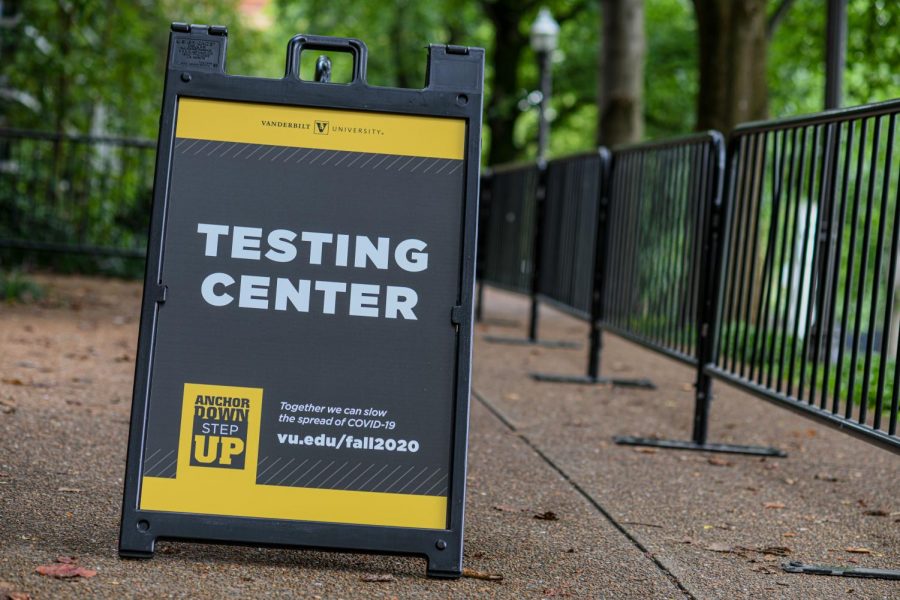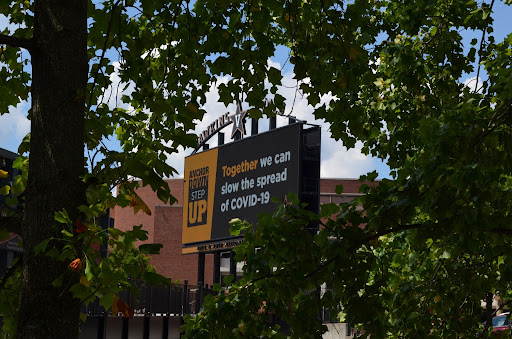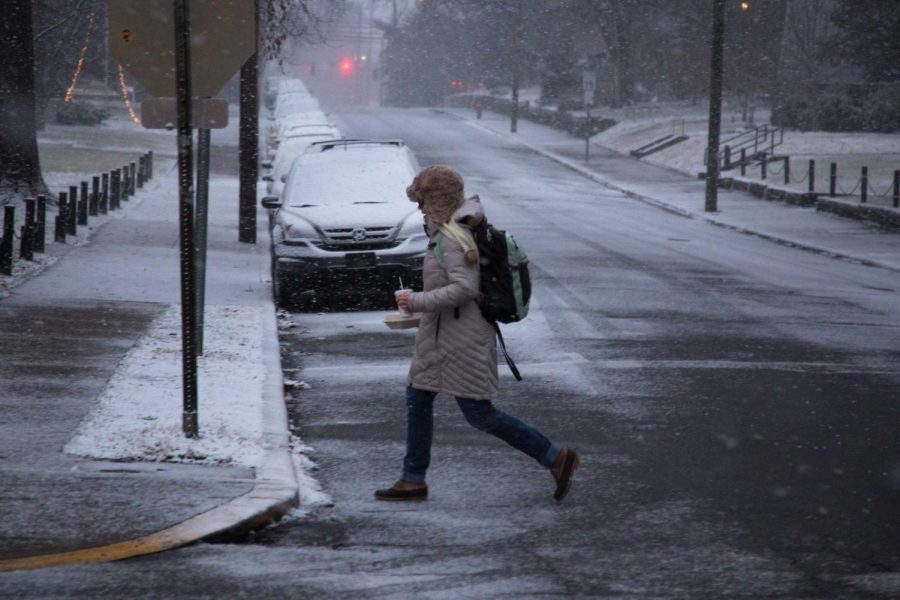A “limited number” of students who took their twice-weekly university COVID-19 test on Monday, March 8, reported receiving an “inconclusive, invalid or rejected” result the same day.
A university spokesperson attributed the cluster of invalid test results to a change in the size of vials used to collect saliva samples in an email to The Hustler.
“Out of an abundance of caution, we re-tested all samples from that period,” the spokesperson said. “We appreciate ongoing patience as we seek to safely improve testing convenience and efficiency for members of our community.”
Students who were notified through a VU Public Health Command Center email that they had received an inconclusive result were instructed to retest as soon as possible and shelter in place until they receive a negative result. Senior Ari Herzog, who was notified through email that he had received an inconclusive result Monday evening, went in for his retest Tuesday morning.
“I got the inconclusive test [result] late last night from a test yesterday, then got a retest this morning and then received a negative test result message this morning from the same test yesterday,” Herzog said in a message to The Hustler. “The tubes today were back to the old ones where you need to put 2.5 mL of spit in as opposed to the 1.0-1.5 mL from yesterday.”
Sophomore Patrick Flaherty found himself in a similar situation to Herzog. Flaherty also said the tubes were much smaller and there was no exit scan required.
“I spoke to the lady who scans you in at testing and she said, ‘Weren’t you here yesterday?’ So I explained I got [an] inconclusive [result],” Flaherty said in a message to The Hustler.
Vanderbilt’s Return to Campus website defines an inconclusive test as a scenario which typically means a very small amount of viral DNA is present in the test sample, but not enough to test positive. A subsequent retest would determine whether a student was just exposed and mounted a minor viral response that does not develop into full blown infection, resulting in a negative retest result, or whether the original test caught the beginning of the infectious cycle and an increased viral load will be present at the retest, resulting in a positive retest result.










